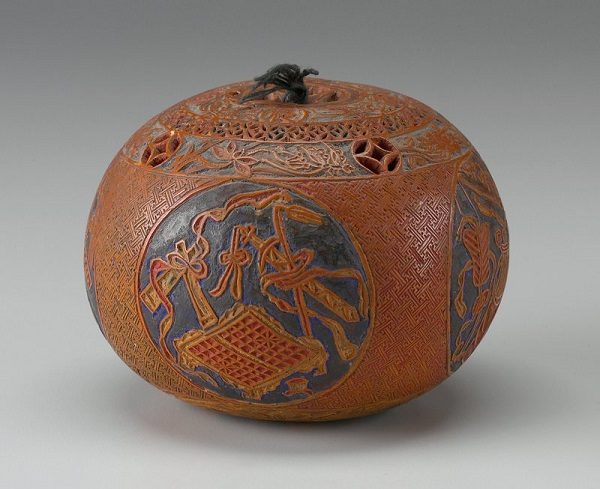
THE IMPERIAL CONCUBINES OF CHINA's Tang Dynasty (618-907) had a rather lively autumn tradition. According to ancient texts, as the weather cooled, they collected crickets and slipped them into tiny golden cages. "These... they place near their pillows, and during the night hearken to the voice of the insects," describes the eighth-century book Kaiyuan Tianbao Yi Shi. "This custom was imitated by all people."
That court ladies were cricket-catching influencers might be the stuff of legend, but people did begin domesticating crickets during the Tang to keep their songs close. The insect's trill has long been beloved as an art; some Chinese people still keep crickets to this day. Notably, the practice led to new forms of craft from the Tang onwards: Artisans began designing containers that ensured the good health of their insect residents year-round. Before the introduction of modern materials like plastic, many crickets divided their time between a summer home and a winter home, like affluent retirees. Simple clay jars kept them cool in warmer months, but to beat the bitter cold, they needed a cozier shelter. And that's where the gourds come in.
Gourds, it turns out, make for perfect winter forts if you are a small cricket. A good luck symbol in Chinese culture, a gourd, once emptied of pulp, can be dried and lacquered to form a warm, heat-retaining cocoon. The cricket would rest on a mixture of lime and loam at the shell's base; on especially cold nights, it might receive a cotton pad, according to the late anthropologist Berthold Laufer, who studied these dwellings. To keep them clean, owners would rinse them with hot tea.

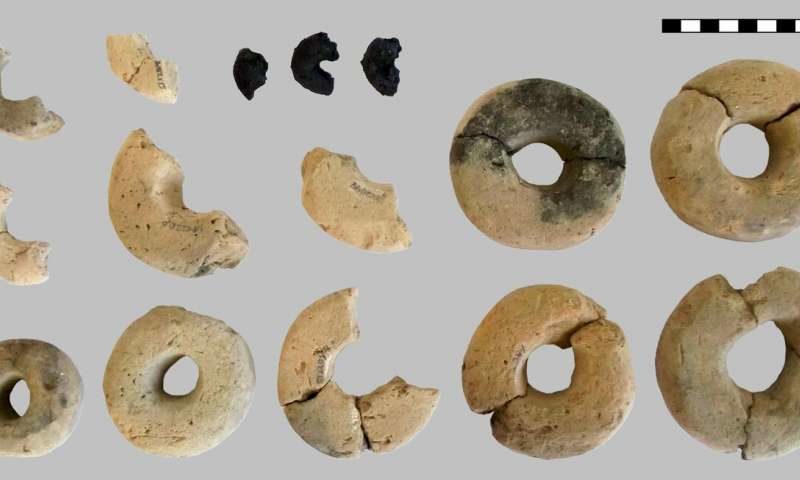


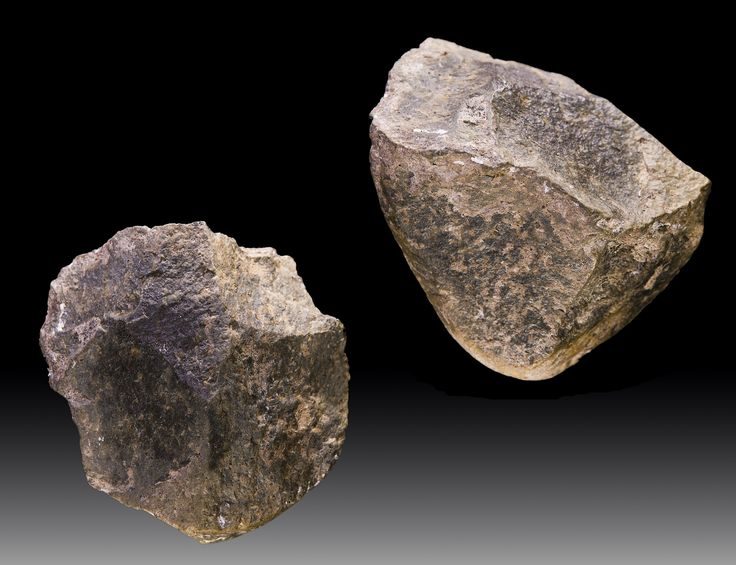
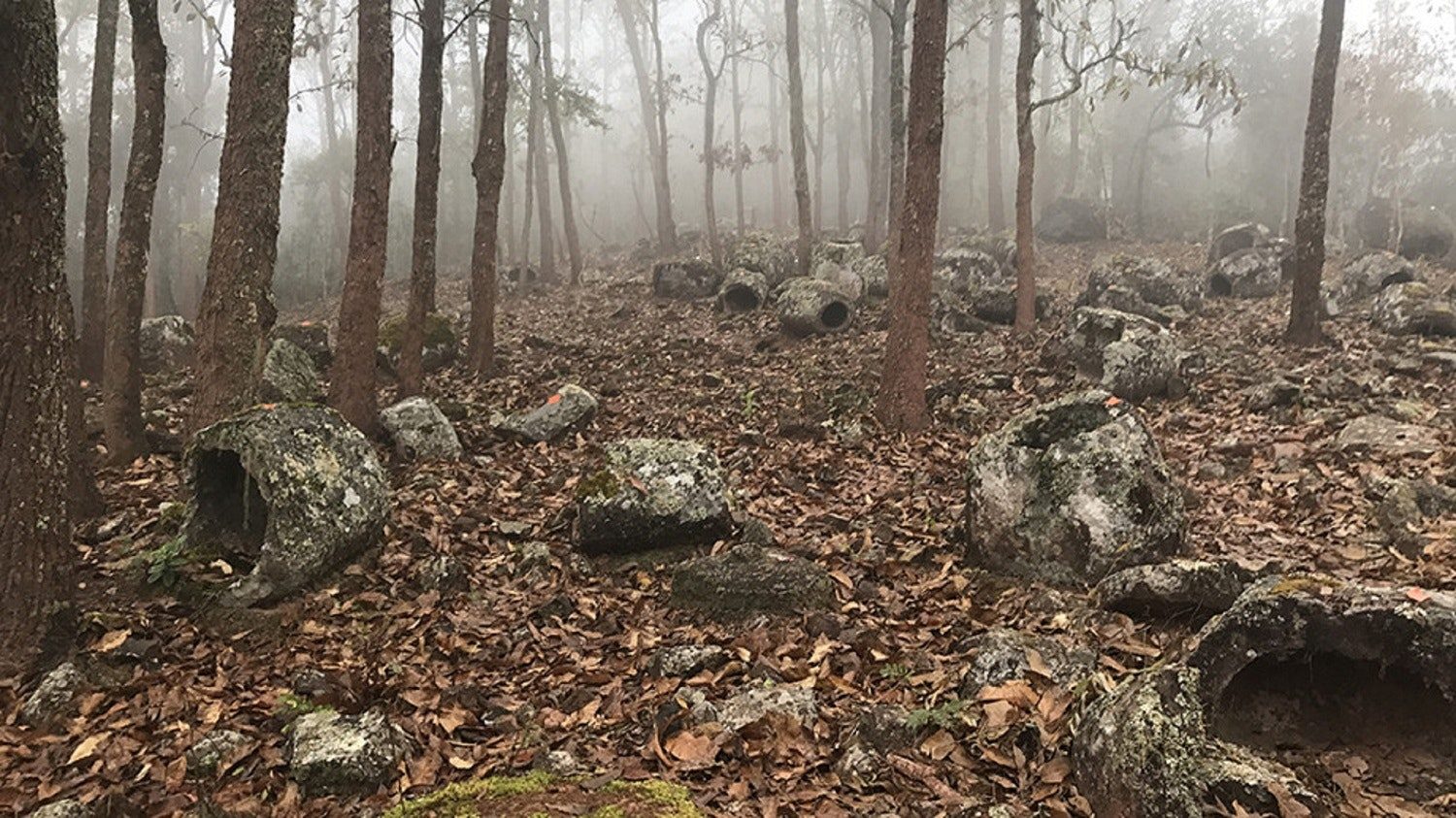

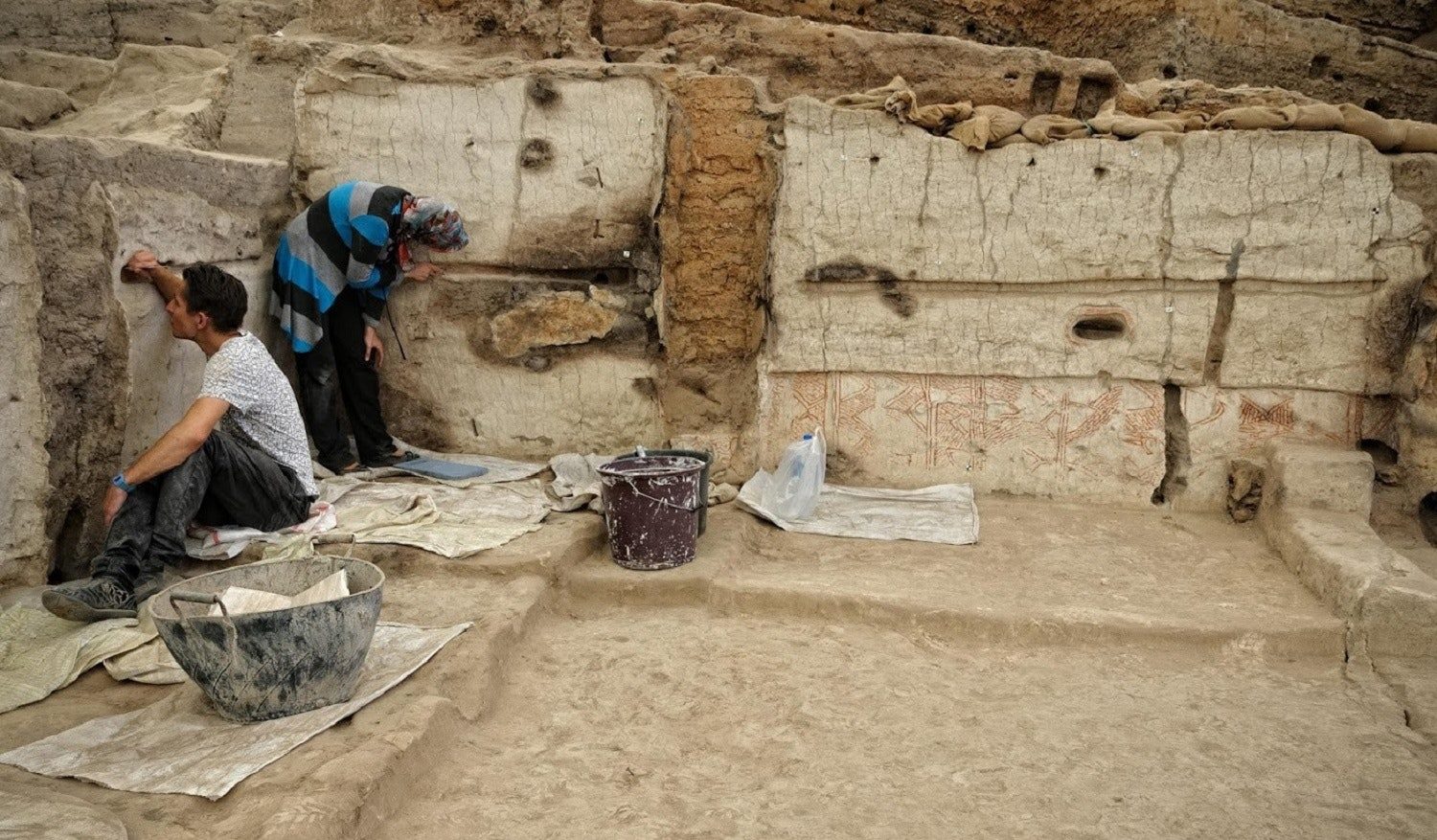
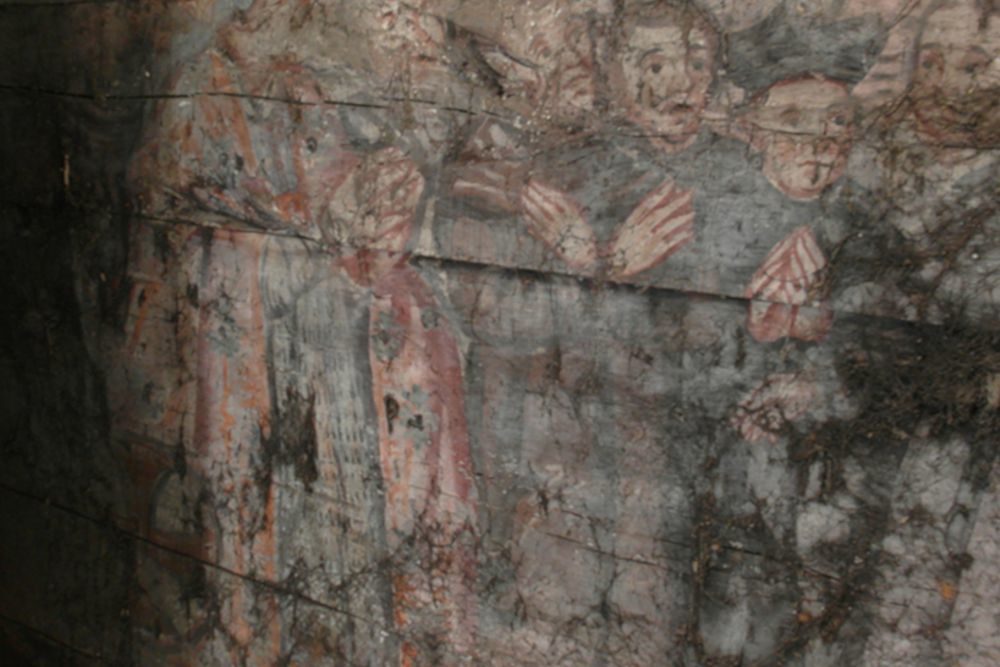



Comment: See also: